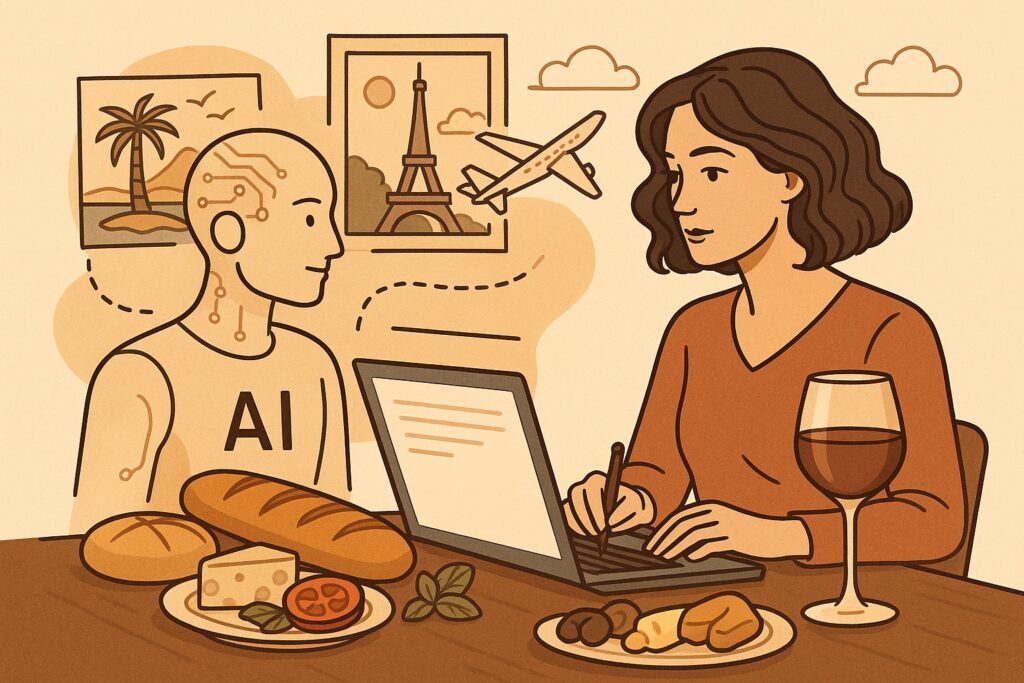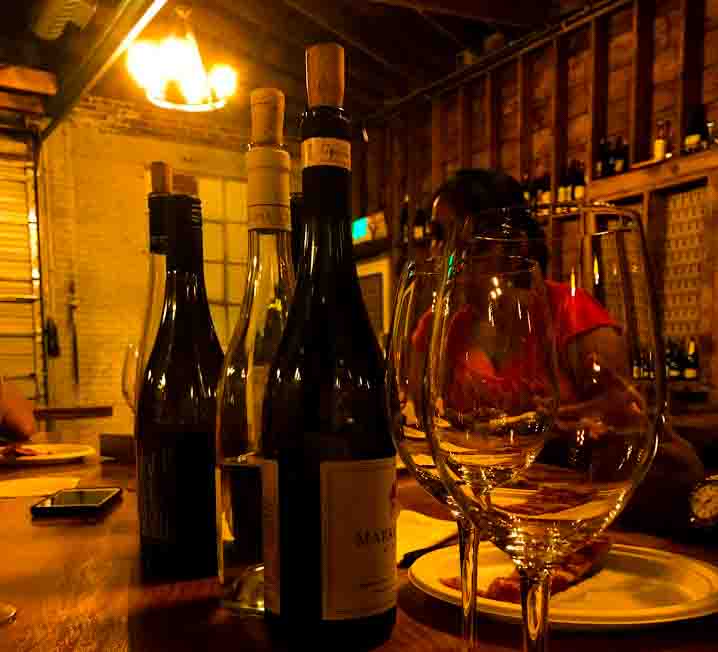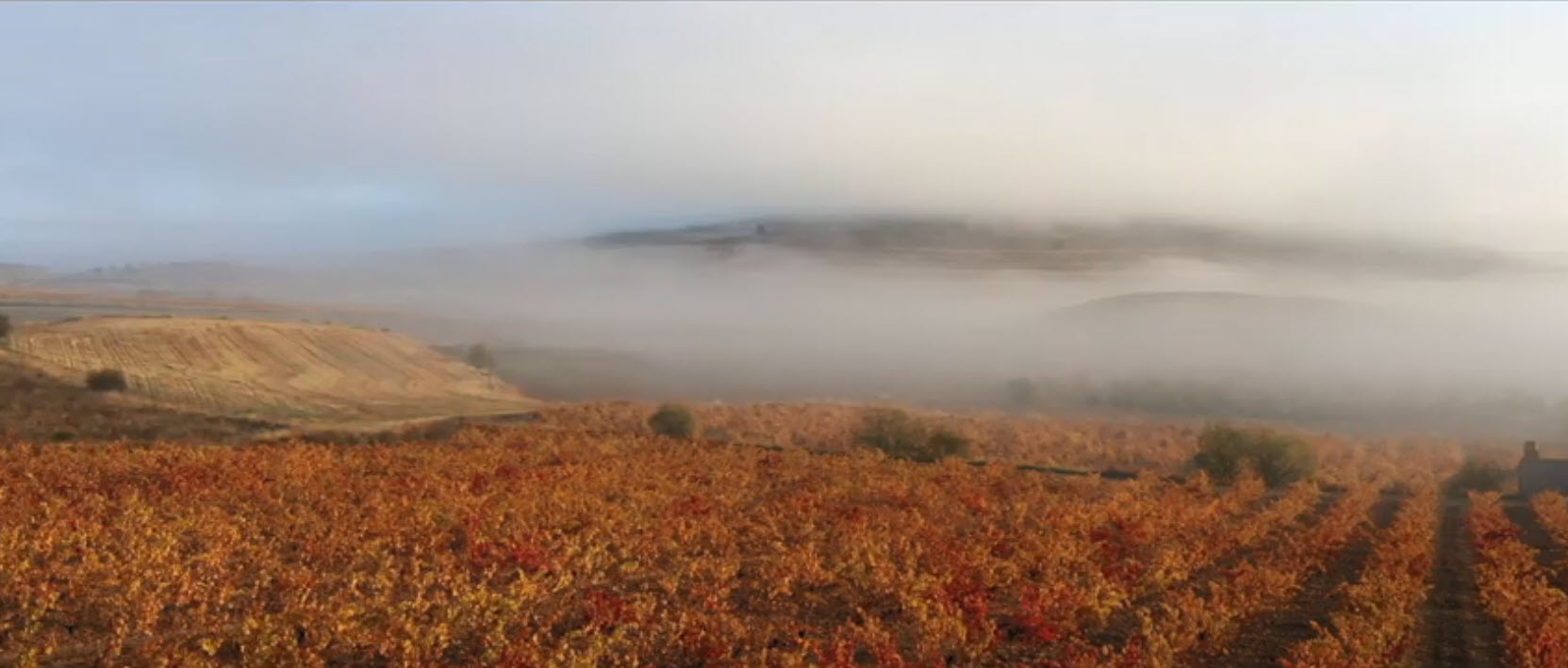
In recent years, artificial intelligence (AI) has rapidly transformed the landscape of content creation for travel, food, and wine writers. Once regarded with skepticism, AI tools are now being recognized as valuable assets that enhance both the efficiency and quality of digital storytelling in these domains.
AI as a Collaborative Tool
AI-powered writing assistants have become increasingly sophisticated, offering support that extends beyond basic grammar correction. These tools can help writers organize their thoughts, refine their language, and even suggest creative ways to describe complex sensory experiences, such as the nuances of a particular wine or the atmosphere of a remote vineyard. Rather than replacing the unique voice of the writer, AI serves as a collaborative partner, streamlining the writing process and allowing creators to focus on the experiential and narrative aspects of their work.
AI in Wine and Food Recommendations
The integration of AI into wine and food recommendation platforms has been particularly transformative. Applications like Vivino utilize machine learning algorithms to analyze user preferences, providing personalized wine suggestions based on individual taste profiles. After a user rates a handful of wines, the platform can generate tailored recommendations, offering a level of personalization previously reserved for in-person sommeliers.
Similarly, AI-driven recipe generators such as DishGen are capable of creating meal suggestions based on available ingredients. These platforms analyze input data and generate recipes that maximize flavor and creativity, making them valuable resources for both home cooks and professional food writers seeking inspiration.
Enhancing Travel Writing with AI
Travel writers are also benefiting from AI tools that assist in crafting vivid and engaging narratives. AI can help expand descriptive vocabularies, suggest alternative phrasing, and ensure content is both accurate and compelling. This technological support enables writers to convey the essence of destinations, culinary experiences, and wine tastings with greater clarity and appeal.
Moreover, AI-driven content optimization tools can analyze audience engagement and recommend adjustments to improve readability and reach. This data-driven approach allows writers to tailor their content to the preferences of their target audiences, thereby increasing impact and visibility.
Maintaining Authenticity in the Age of AI
Despite the many advantages AI offers, it is important to recognize that these tools are best used as supplements rather than substitutes for authentic, experience-based storytelling. While AI can assist with structure, language, and personalization, it cannot replicate the firsthand experiences and insights that define quality travel, food, and wine writing.
The most compelling content continues to originate from genuine encounters-whether it is the discovery of an exceptional wine, the ambiance of a local restaurant, or the unique character of a travel destination. AI can enhance the articulation of these experiences, but the core narrative remains rooted in the writer’s expertise and perspective.
Conclusion
The integration of AI into content creation for travel, food, and wine writers represents a significant advancement in the industry. By leveraging these tools, writers can enhance their productivity, refine their storytelling, and deliver more personalized and engaging content to their audiences. However, the enduring value of authentic, experience-driven narratives ensures that the human element remains central to the craft.
As AI technology continues to evolve, its role in supporting content creators will undoubtedly expand, offering new opportunities for innovation while preserving the distinctive voices that make travel, food, and wine writing so compelling.


